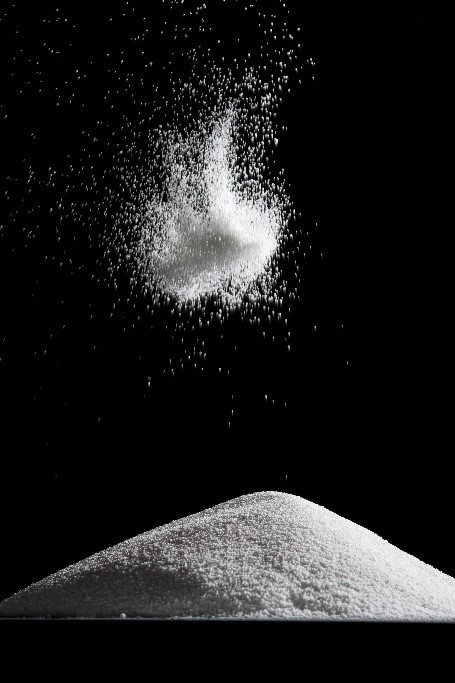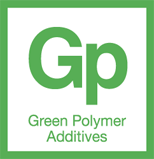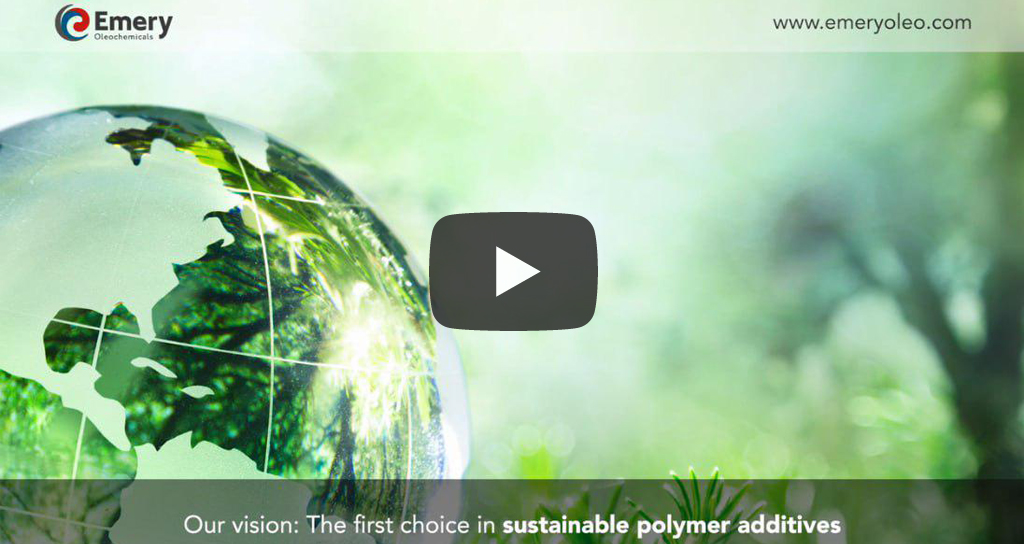In plastics processing, it is common to add inorganic or organic filler materials to thermoplastics.
Examples for inorganic fillers
- Chalk
- Talc
- Flame retardants
- Reinforcement fibers
- Titanium dioxide and other pigments.
Examples for organic fillers
- Wood flour
- Rice husks
The purpose of such fillers is diverse
- Cost reduction of the whole compound formulation
- Improvement of mechanical properties
- Fire prevention
- Improvement of optical properties including coloration
- Increase of bio-based content

Processing a binder, which is nothing else but a polymer with additives, containing a high loading of metal or ceramic powder (the feedstock) is very related. The only main difference is that filled plastics are finished or semi-finished goods after the shaping process, while the green parts in sinterbased manufacturing require debinding and sintering.
Challenges of processing filled plastics and feedstock
- Disintegration of agglomerates and dispersion of fine particles
- Higher internal and external friction ➔ Reduced flow
- Risk of separation of components due to insufficient compatibility Formatiion of deposits Deterioration of mechanical properties
Benefits of Green Polymer Additives products in both processes
- Dispersing / compatibilizing functionality
- Reduction of internal and external friction
- Release effect
With a high level of expertise and experience in processing plastics included filled plastics we invented the binder system decades ago and have introduced it to various applications in the meantime.
While other stakeholders focus on the powder, Emery Oleochemicals has always had a focus on the binder as it is at the heart of the Green Polymer Additives core business.

 Show Image Video
Show Image Video

